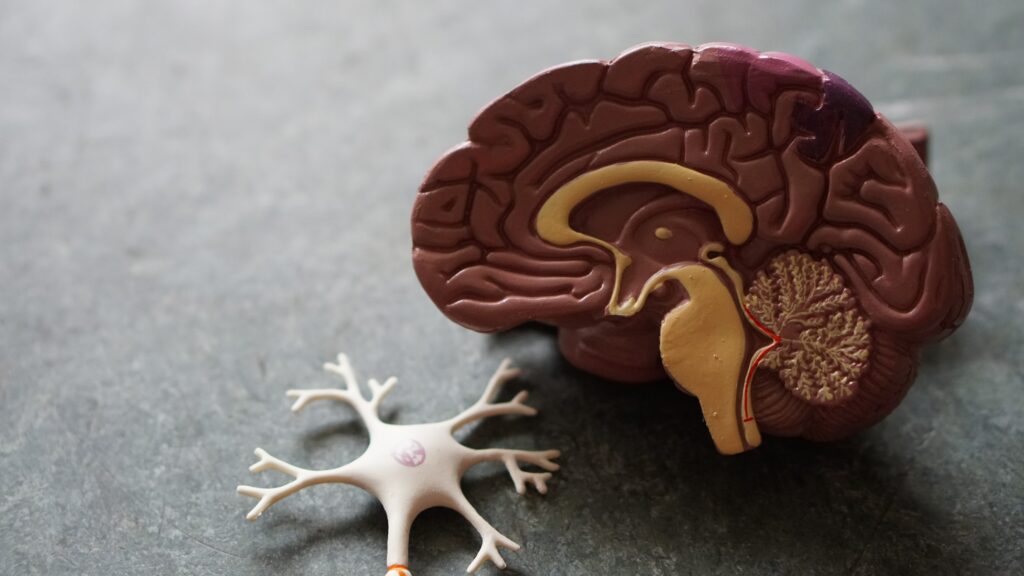
This week’s topic is on learning theories, the plethora of methods of learning we as humans have had throughout history. Learning theories help us understand how we learn, as well as the best ways we can facilitate these methods of learning.
Cognitive Load theory and Dual Coding theory are two theories that help inform how presentation-style modes of learning should best be presented. Cognitive Load theory notes that our working memory can be overwhelmed by having too many ideas or content presented at once, preventing memorability and learning of topics (Mayer, 2014). Any page or slide should have just enough information to be clear and digestible for the target learning audience. Dual Coding theory posits that we process information through two separate conceptual channels of visual and verbal information (Paivio, 2007). We process information through text and letters as well as associated images, and combining both can help learners remember better (Paivio, 2007).
Both these theories can applied for use in PowerPoints, which are often encountered in any academic setting. From my academic experience, ranging from elementary school to my time at UVIC, I’ve encountered PowerPoints of varying quality. Some were succinct and well developed in both design and material, while others were overinflated with text, images, or other content. Consequently many of these presentations, often given during lecture sessions, were not capable of effectively covering their respective topic within their intended time.

The other topic discussed this week is that of Neuromyths, tall-tales and common misconceptions of what we believe our minds are and are not capable of. One such tall tale which I had heard and once believed and realized was false prior to this week is the “we only use 10% of our brain” neuromyth (OECD, n.d.). Although when I believed the myth then I had not considered that 90% of our brains was just ’empty’ mushy space, but rather that we were somehow only utilizing 10% of the potential that our brains could, in theory, have. However, every bit of our brain is in fact important for the many cognitive processes we humans need to survive and thrive. The Organisation for Economic Co-operation and Development (OECD) explains that not only were all parts, neurons, and parts of the brain responsive during neurosurgery, but that each section of the brain has an identified purpose and function (n.d.). The following TEDEd video outlines some of OECD’s arguments for why we use more than 10% of our brain, as well as other aspects of the neuromyth and our brain capabilties.
Returning back to our learning theories and the presentation tool of PowerPoint, I wanted to demonstrate a short presentation that utilizes some of the covered learning theory principles in its design and format. Please enjoy the brief PowerPoint on Cybersecurity in Healthcare!
References:
Mayer, R. (Ed.). (2014). The Cambridge Handbook of Multimedia Learning (2nd ed., Cambridge Handbooks in Psychology). Cambridge: Cambridge University Press. doi:10.1017/CBO9781139547369
OECD. (n.d.). Neuromyth 4. OECD. https://www.oecd.org/education/ceri/neuromyth4.htm
Paivio, A. (2007). Mind and its evolution: A dual coding theoretical approach. L. Erlbaum Associates. https://books.google.ca/books?hl=en&lr=&id=FaGYAgAAQBAJ&oi=fnd&pg=PP1&ots=Fca4XsFZZv&sig=h4L9uKLg18arcOVTG7yxkU8qb-s&redir_esc=y#v=onepage&q&f=false
2021-05-22 at 11:59 pm
Hey Allen! Great post on learning theories. You decided to cover something I did not focus on my post. Interesting TedEd video. Your PowerPoint is really good and include good visuals. I especially like the one with whitelist hacking cycle. Cybersecurity is a wonderful topic too as it is increasing more relevant and important as things such as blockchain are used more, and the abundance of health information that needs to be protected. It is a dynamic environment where anything can happen. i.e. Lifelabs breach https://globalnews.ca/news/6311853/lifelabs-data-hack-what-to-know/
2021-05-25 at 9:31 am
Unpacking some of these myths is a tall order. You have done well here and good to see those multimedia elements adding to your overview of these key topics.